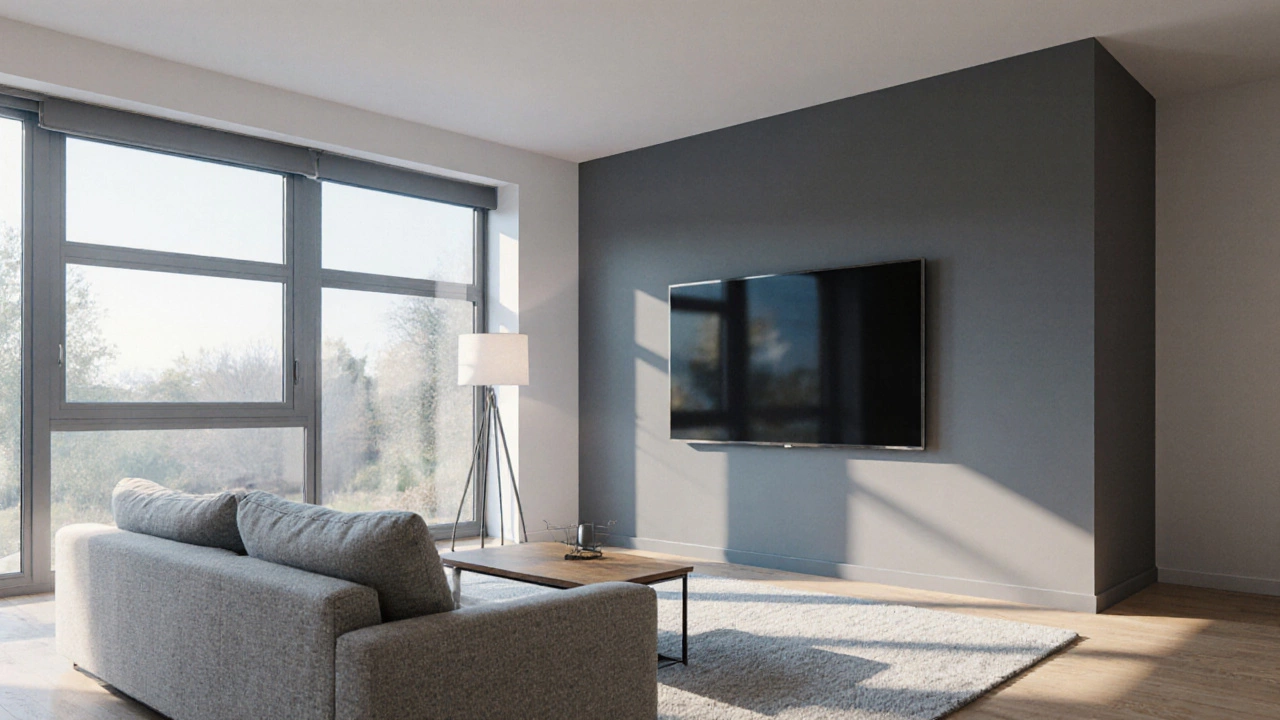When planning a Home Theater Wall, a dedicated wall built to showcase a TV, speakers, and related gear while keeping the room stylish. Also known as media wall, it acts as the focal point for movies, games, and streaming. The wall not only holds the screen but also shapes how you hear and see the content, so its design matters as much as the tech you put on it. In this guide we’ll walk through the core pieces that make a great setup – from the TV stand, the furniture that supports the display and often hides cables to the soundproofing, materials and methods that keep sound inside and outside noise out – and show how they all connect to create an immersive experience.
A solid home theater wall starts with proper measurements. Measure the TV’s width, height, and depth, then add at least 6‑8 inches on each side for a balanced look. The TV’s eye‑level height is usually 42‑48 inches from the floor, but you can fine‑tune it using the TV height guide from our posts. Next, consider viewing distance: the ideal sofa‑to‑TV gap is about 1.5 to 2.5 times the screen’s diagonal, which keeps detail crisp without straining the eyes.
After the core dimensions, think about the wall’s surface. Drywall with a smooth finish works, but many opt for wood paneling, MDF, or acoustic tiles to add texture and improve sound. Acoustic panels absorb echo, while carpeted walls or heavy curtains can dampen reflections for clearer dialogue. If you’re serious about sound, integrate built‑in speaker cabinets or attach a soundbar mount directly to the wall – this reduces clutter and aligns audio with the screen’s center.
Furniture choices connect directly to ergonomics and aesthetics. A low‑profile media console, a piece that stores consoles, receivers, and décor while matching the wall’s style keeps cables tidy and offers shelves for gaming gear. Pair the console with a sturdy TV stand, often a stand with adjustable height and cable management features if the wall can’t bear the TV’s weight. Choose materials that match your room – reclaimed barn wood for rustic vibes, sleek lacquer for modern looks, or painted MDF for a budget‑friendly finish.
Lighting is another piece of the puzzle. Bias lighting behind the TV reduces eye strain and boosts perceived contrast. LED strips that change color with the on‑screen mood create a cinema feel without overwhelming the space. Wall sconces or dimmable floor lamps add flexibility for movie nights versus casual TV watching.
Finally, plan for cable management early. Use in‑wall rated HDMI and speaker cables, or route them through the console’s back panel. A simple brush plate or cord cover can hide excess wiring and keep the wall looking clean.
All these elements – dimensions, acoustic treatment, furniture, lighting, and cabling – link together to make a cohesive home theater wall, an integrated system that balances visual comfort and sound quality. Below you’ll find articles that dive deeper into each topic, from choosing the right TV stand size to mastering soundproofing, so you can build a setup that feels custom‑made for your space.

Discover how dark or light TV wall colors affect glare, mood, and room size, plus a step‑by‑step guide, checklist, and FAQs to help you choose the perfect shade.
More